No one knows how to throw a party quite like Disney.
That’s probably why, for the last quarter century, some of the most spectacular celebrations in the industry have actually been housed right in Disney’s theme parks. In fact, it’s something of an annual tradition for Disney to run year-long promotional campaigns centered on the Disney Parks, where grand decor, astounding entertainment, and special offerings abound.
When they’re done right, Disney Parks’ annual campaigns can leave the kinds of lasting memories that are cherished for generations. And sometimes, they don’t exactly live up to the hype… Today, we’re exploring Disney’s best (and sometimes, weirdest) campaigns from The Millennium Celebration to the World’s Most Magical Celebration and beyond…
1999 – 2001 – Millennium Celebration

The “OG” when it comes to modern Disney Parks promotional campaigns, there are many who would attest that nothing has yet topped the Millennium Celebration in terms of cultural reach and scale. Not since the American Bicentennial in 1976 had Disney so expertly managed to elevate its theme parks into a larger, shared cultural celebration, and arguably, there hasn’t really been such a focused, global, all-in-this-together moment into which Disney’s parks have played since (given that the COVID-19 pandemic doesn’t lend itself very well to a theme park promotional campaign).
Famously, the Millennium Celebration was hosted at EPCOT – a park then in the midst of a controversial reinvention. (Where have we heard this before?) In many ways, there was no place else the Celebration could’ve been. After all, from the moment of its 1982 opening, the park had been billed as an early arrival of the 21st century. And now, with the year 2000 knocking down civilization’s door, EPCOT would serve its purpose as a permanent World’s Fair, showcasing both the promises of the future and the interconnected world we share.
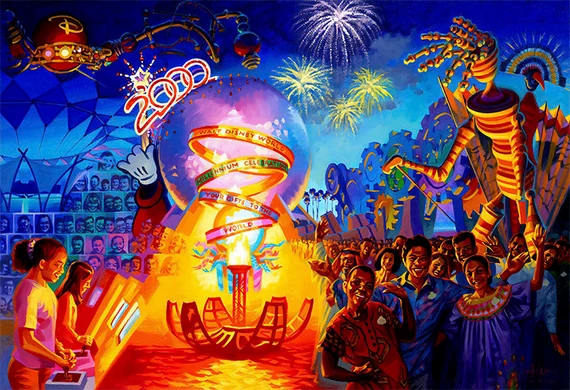
To be sure, the ramp up to EPCOT’s role in the Millennium Celebration is remembered now as a period in which many great things were lost. In their rush to disguise the park’s inherently-’80s aesthetic and “upgrade” its lengthy, informative dark rides into more modern thrills, Imagineers and executives clearly missed the mark. It’s the pressurized preparation for the Millennium Celebration, after all, that saw the Lost Legend: Horizons shuttered for Mission: SPACE, World of Motion sacrificed for Test Track, Journey into Imagination replaced with “Disney World’s worst ride ever,” and characters injected at random throughout Future World in a short-sighted, piecemeal attempt to draw families to the park.
But it’s not all bad. The Millennium Celebration was also the catalyst for Illuminations: Reflections of Earth – the long-running, tear-jerking, heart-stopping nighttime spectacular that dared explore the story of humanity from Earth’s creation to the emergence of culture and our path onward, together. Likewise, the cerebral, celebratory Tapestry of Nations with its iconic score, parading around a World Showcase sharing humanity’s story. Those two shows together were perhaps the trust glimpse at what EPCOT could be for the world since the park opened two decades earlier.
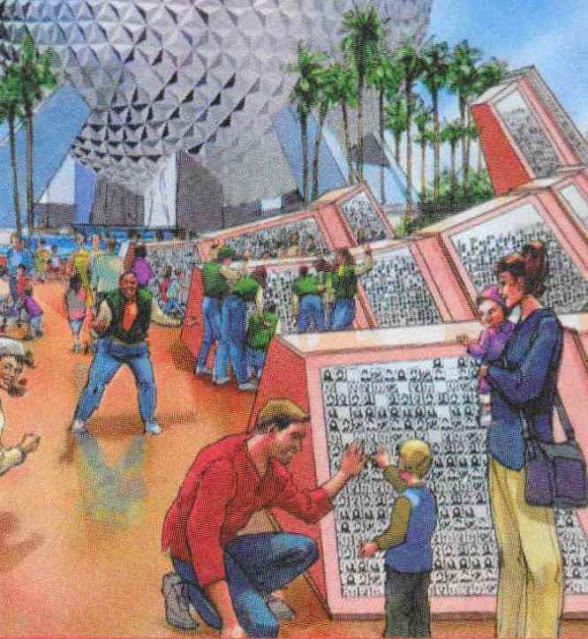
Sure, aside from Illuminations, the two most enduring elements of the Millennium Celebration were probably the two clunkiest: the infamous Sorcerer Mickey arm and wand that were grafted onto Spaceship Earth’s silhouette for nearly a decade and the “graveyard” of Leave a Legacy memorials that made for a sullen entry to the park for twice as long. But today, as glimpses of the original EPCOT re-emerge in yet another round of foundational reimagining, it’s clear that the Millennium Celebration was one of the most impactful events Walt Disney World has ever hosted.
2001 – 2003 – 100 Years of Magic

Keying off of the significant success of the Millennium Celebration, the 100 Years of Magic campaign was a ready-made sequel picking up in 2001 – the 100th anniversary of Walt Disney’s birth. While you could certainly argue that infant Walt wasn’t yet making much magic as a newborn in Chicago back in 1901, it’s the thought that counts. Frankly, any acknowledgement of the existence or importance of Walt Disney by the modern Walt Disney Company feels like a gift to fans, so who could complain?
Whereas EPCOT had served as home base for Millennium Celebration, 100 Years of Magic moved to another park in need of an attendance boost: the Disney-MGM Studios. The promotion was anchored by the opening of the “One Man’s Dream” exhibition in the park (now “Walt Disney Presents…”). The park also debuted the “Stars & Motorcars” cavalcade. (Likewise, new parades debuted at Magic Kingdom, EPCOT, and Animal Kingdom for the 100 Years of Magic celebration – “Share a Dream Come True,” “Tapestry of Dreams,” and “Mickey’s Jammin’ Jungle Parade,” respectively.)
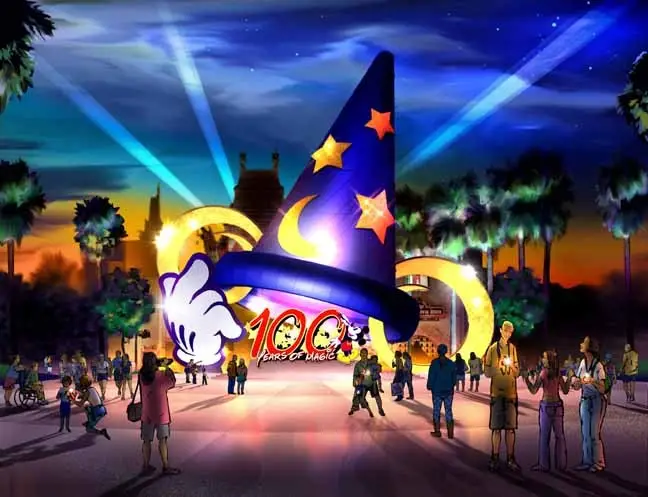
But of course, the most memorable component of the 100 Years of Magic campaign was its de facto icon. Given that the Sorcerer Mickey arm and wand grafted onto Spaceship Earth had been a marketing and merchandising coup for EPCOT’s Millennium Celebration, designers crafted an equivalent for the Disney-MGM Studios and its 100 Years of Magic: the infamous Sorcerer’s Hat.
Plopped down right at the end of the park’s otherwise-immersive Hollywood Blvd. (and thus blocking views of the ready-made park icon, the Chinese Theater), the 122-foot tall pointed hat may be remembered as a hideous, unthinkable mistake for many… but for a generation of Walt Disney World guests, the hat was the Studios’ icon, right alongside Cinderella Castle, Spaceship Earth, and the Tree of Life. (Actually, the Sorcerer’s Hat wasn’t removed until 2015, meaning that for an unimaginable 14 years, the hyper-detailed and beautifully-designed Hollywood Blvd. ended in a 12-story cartoon hat – the longest surviving piece of the 100 Years of Magic campaign by far.)
2005 – 2006 – The Happiest Celebration on Earth
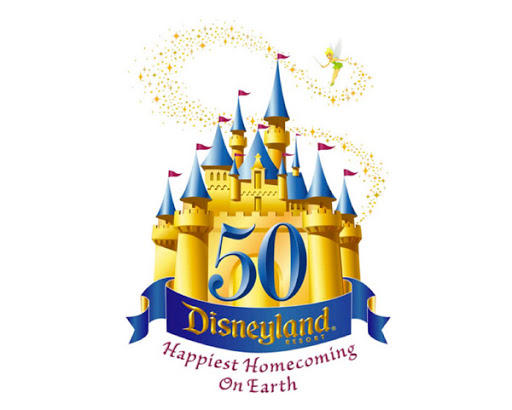
You have to imagine that as Disneyland’s 50th Anniversary approached, Walt’s original park in California wasn’t looking too good. Mired in the budget cuts, slashed maintenance, and penny-pinching leadership that had defined the end of Michael Eisner’s era (and dragged down by the still-new California Adventure that hemorrhaged money and good will), it seemed that Disneyland would end its first half-century in dire straits.
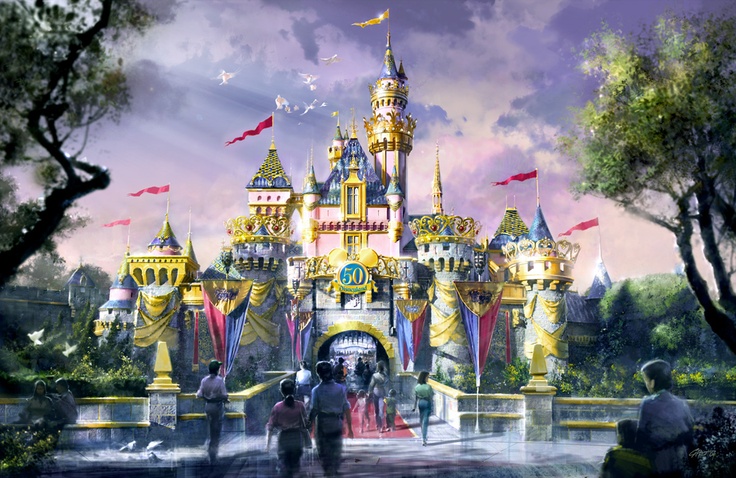
However, the pieces began to align. In 2003, Matt Ouimet was elevated to President of the Disneyland Resort. Ouimet famously took it upon himself to lead a massive restoration of the park, fast-tracking projects to not only refresh Disneyland and restore staffing, maintenance, training, and guest service standards long-since lost, but to shine up attractions across the resort. The result was The Happiest Homecoming on Earth – a campaign that invited anyone touched by Disneyland in its first fifty years to return to Walt’s original park and see it reborn.
That’s especially important at Disneyland, where “fans” and “guests” are generally one and the same. Still fundamentally a regional park, Disneyland relies heavily on generations-long, local and vocal visitors who grew up with the park in their backyard, and Ouimet’s push for the Happiest Homecoming was like a reintroduction to the park for millions.
Convincing that regional audience to return to Disneyland and to embrace their nostalgia and memories with it really, really worked. Guests found a completely rebuilt Space Mountain, an entirely refreshed Enchanted Tiki Room, a re-opened Submarine Voyage, a Tomorrowland returned from dismal coppers to classic white, and the entire park spiffed up in gold. (Famously, every remaining Opening Day Original had one of its vehicles painted gold as a tribute.)
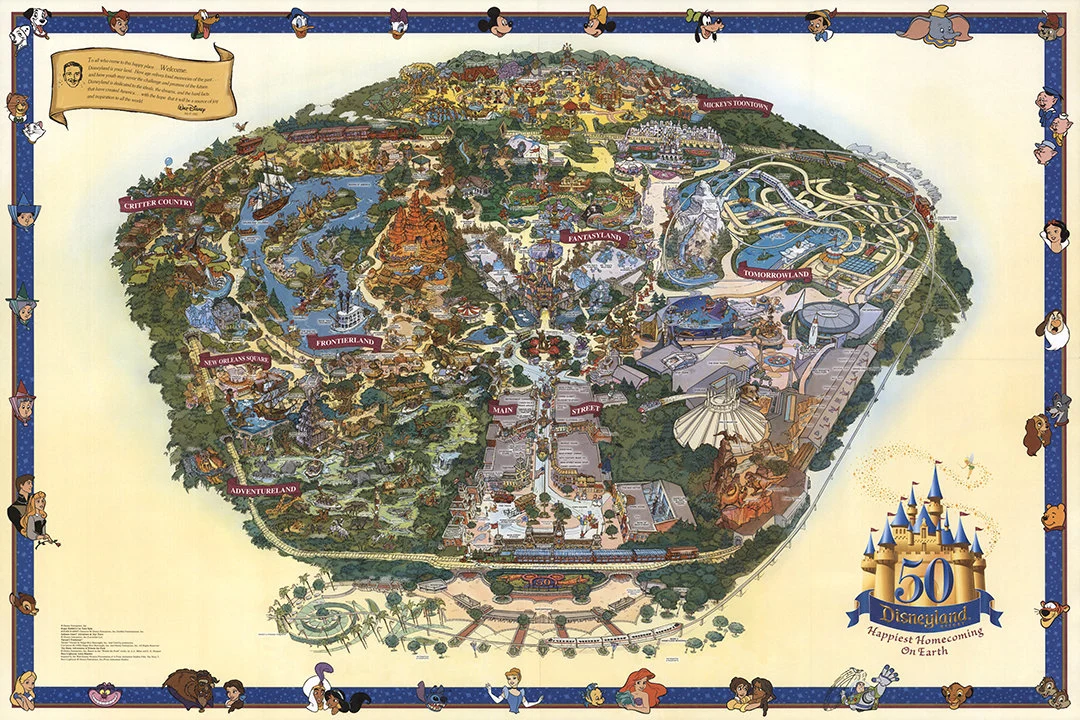
Best of all, the resort launched “Remember… Dreams Come True”, a sincerely-astounding fireworks show that literally serves as a Grand Circle Tour and Kiss Goodnight for a day at the park, with narrator Julie Andrews celebrating Walt’s enduring legacy for the nostalgic park. Because of the Happiest Homecoming, Disneyland is a park that has learned to lean into fans’ passions, and into acknowledging and celebrating history – something Walt Disney World tends to actively avoid.
For Disneyland, the Happiest Homecoming on Earth served as a true relaunch. Its focus on inviting local and regional guests to return literally created the modern Annual Pass program and the “lifestyling” ethos of Disneyland. For better or worse, it was 2005 that returned the park to prominence and made Disneyland everyone’s local hangout, shaping the distinctly-laid-back Californian vibe that permeates the park and reinforcing the intensely loyal, vocal fandom who literally calls it home.
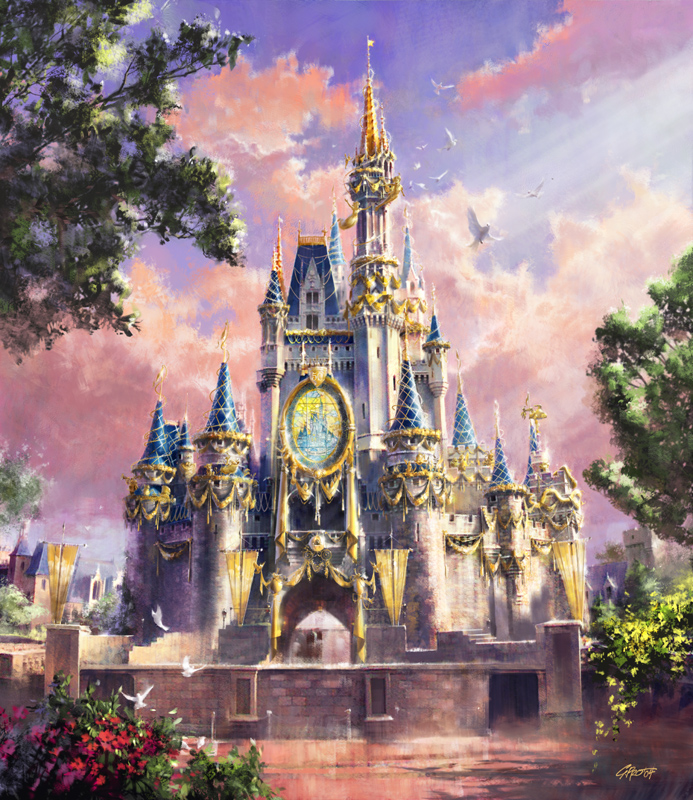
Disneyland’s 50th Anniversary was cause for celebration at other Disney Parks around the world, too, where it took the name of the Happiest Celebration on Earth and centered more broadly on 50 years of Disney theme parks. Magic Kingdom, in particular, got in on the act, decking out its castle in gold and debuting a “Magic Window” that displayed all five Disney Castles across the globe through a rotating Trivision display.
As a matter of fact, despite it being Disneyland’s birthday, it’s Disney World that got the gifts. As part of the “Happiest Celebration,” Walt Disney World was “gifted” one attraction from each resort: Soarin’ from California, Cinderellabration from Japan, and “Lights, Motors, Action” from France. (The brand new Hong Kong Disneyland was a newborn; far too young to be expected to provide a gift.) The Happiest Celebration surely went on to inform the look and feel of every campaign to follow, including the one fans often cite as the best…


